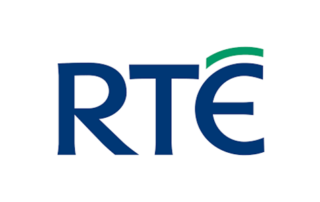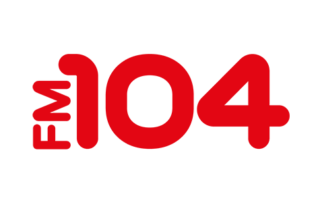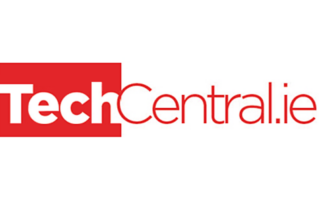Commercial solar panels can provide great financial benefits for community and sports groups while also helping them to become more sustainable and reduce their carbon footprint.
There are many different types of buildings in the community and public sector which can benefit from installing solar panels, and multiple grants which can help them with the upfront cost.
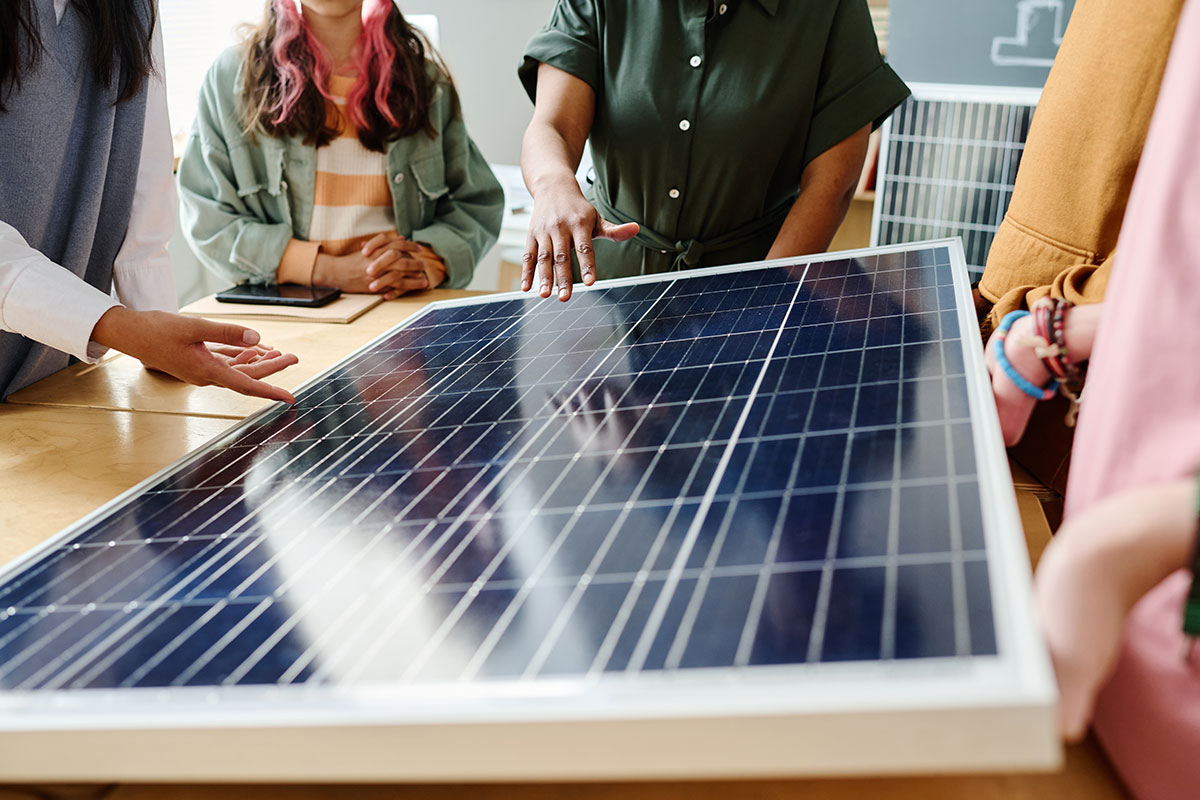
The key takeaways:
Table of Content
- Why are solar panels good for community and public buildings?
- Uses for Solar Panels in the Community & Public Sector
- How many solar panels are needed for community & public buildings?
- How much can the community and public sector save with solar panels?
- Cost of Solar Panels for Community & Public Buildings
- Grants for Community & Public Buildings
- Selling Electricity Back to the Grid
- Get in Touch
Why are solar panels good for community and public buildings?
Solar panels can help community groups and organisations, which often operate with restricted budgets, to save significant amounts of money on their electricity bills, reducing their overall operating costs.
Swimming pools, for instance, have very large energy costs from heating large indoor spaces and the pools themselves, as well as circulating water. Energy prices in recent years have forced the government to step in with millions in funding under the Sports Energy Support Scheme to help prevent them from closing down.
This scheme had already provided €35 million in funding to help sports clubs of all stripes with energy costs associated with the provisions of sports. This can include large heating costs in winter, or outdoor floodlighting on pitches, both energy intensive activities.
The public sector, while a relatively small part of Ireland’s climate emissions overall, is also expected to set an example for sustainability. This is reflected in government policy which requires all government agencies to reduce their energy related greenhouse gas emissions by 51% by 2030.
Commercial solar panels can help offices, healthcare facilities and other public buildings to reduce their emissions through renewable energy.
Uses for Solar Panels in the Community & Public Sector
There are a wide range of community and sports groups, as well as charities and public sector organisations, which could benefit from having solar panels installed to reduce their electricity consumption and to become more environmentally friendly.
How many solar panels are needed for community & public buildings?
Different types of sectors will have different power needs based on what the buildings are being used for, their size, and the intensity of their electricity usage.
As a rule of thumb, a solar PV system should aim to generate 50% – 75% of a premises’ electricity needs. This is of course dependent on factors such as the amount of space available to install solar panels, and how much electricity is being used.
CSO data shows that the average annual electricity consumption of different building types based on their floor space is 80 kWh/m2 for Offices, 78 kWh/m2 for Primary Health Clinic buildings, and 74 kWh/m2 for Community/Day Centres.
Buildings such as sports clubs, which are only in use for events such as training and matches, will have far lower energy consumption than offices in constant use by charities or public agencies, or energy intensive uses such as swimming pools. This means that a smaller number of solar panels can deliver potentially greater gains.
Other buildings such as healthcare facilities and offices will also have high electricity requirements for computers, information technology appliances, and medical equipment.
The amount of electricity they use, and the corresponding amount of solar panels needed, may also vary depending on their BER.
Annual Mean Electricity Consumption per Square Metre by Building Usage & Energy Rating
| Energy Rating | |||||
| Type of Premises | A/B | C | D | E | F/G |
| Community/Day Centre | 66kWh | 79kWh | 75kWh | 91kWh | 83kWh |
| Offices | 80kWh | 76kWh | 86kWh | 81kWh | 77kWh |
| Primary Healthcare | 66kWh | 112kWh | 71kWh | 98kWh | 73kWh |
Source: CSO.ie – Non-Domestic Electricity Consumption by Building Energy Ratings 2022
How much can the community and public sector save with solar panels?
Different businesses in the community and public sector can stand to reduce their electricity bills substantially by installing solar panels, with the level of savings dependant on the size of the system and their electricity consumption.
Mean Annual Electricity Consumption in 2022 & Potential Savings with Solar Panels
| Building Type | Annual Electricity Usage | Solar PV System Size | Annual Power Output | Electricity Bill Reduction |
| Community/Day Centre | 20,770kWh | 10kWp | 8,700kWh | 41.9% |
| 15kWp | 13,075kWh | 62.9% | ||
| 20kWp | 17,300kWh | 83.3% | ||
| Offices | 27,681kWh | 10kWp | 8,700kWh | 31.4% |
| 15kWp | 13,075kWh | 47.2% | ||
| 20kWp | 17,300kWh | 62.5% | ||
| Primary Healthcare | 20,221kWh | 10kWp | 8,700kWh | 43% |
| 15kWp | 13,075kWh | 64.7% | ||
| 20kWp | 17,300kWh | 85.6% |
What impact this will have on their overall operating costs will depend on what portion of that electricity takes up. Newer buildings are far more likely to use electricity as their main space heating fuel rather than gas or oil. This might be in the form of night storage heating, electric boilers, or heat pumps.
Cost of Solar Panels for Community & Public Buildings
The cost of solar panels for community organisations and public sector groups will vary depending on the size of the premises in question and how large a solar PV system is being installed.
Installation costs may also vary depending on the nature of the building. Putting a 10kWp solar PV system on a sports clubhouse will have a far quicker and simpler installation than on a multi-storey office building in an urban area.
Taking all of these factors into consideration, the cost of commercial solar panels typically ranges between €850 – €2,000 per kWp.
Grants for Community & Public Buildings
There are a number of grant schemes which can provide funding for different types of buildings used by community organisations or public groups to help with the cost of solar panels.
The Solar for Schools Programme aims to provide free solar panels for schools through grant support, covering all schools in Ireland by the end of 2025.
The SEAI is the main other provider of grant support for solar panels, with the Non-Domestic Microgen Grant Scheme providing up to €162,600. Community organisations and public sector bodies are also able to get grant funding under the Community Grant Scheme.
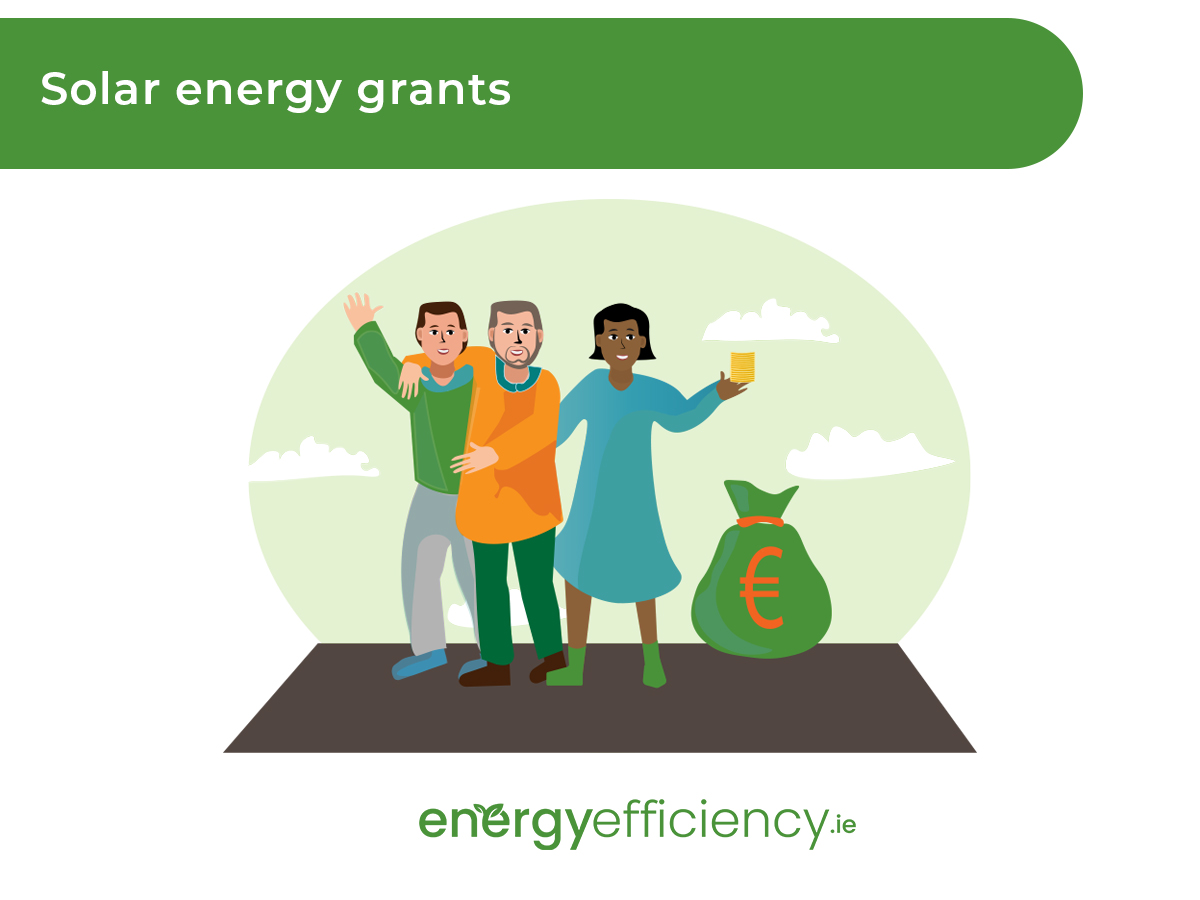
Selling Electricity Back to the Grid
Non-domestic buildings with solar panels installed are also able to sell excess solar power back to the grid when it is not being used. The benefits of this can be significant if it is in buildings which are not in constant use.
Schools, which are closed at weekends and for months at a time during the summer, as well as sports clubs, can benefit greatly from this due to their significant downtime.
The Microgeneration Support Scheme allows solar PV systems up to 50kWp in size to sell surplus electricity back to the grid at a tariff rate which is set by the electricity provider.
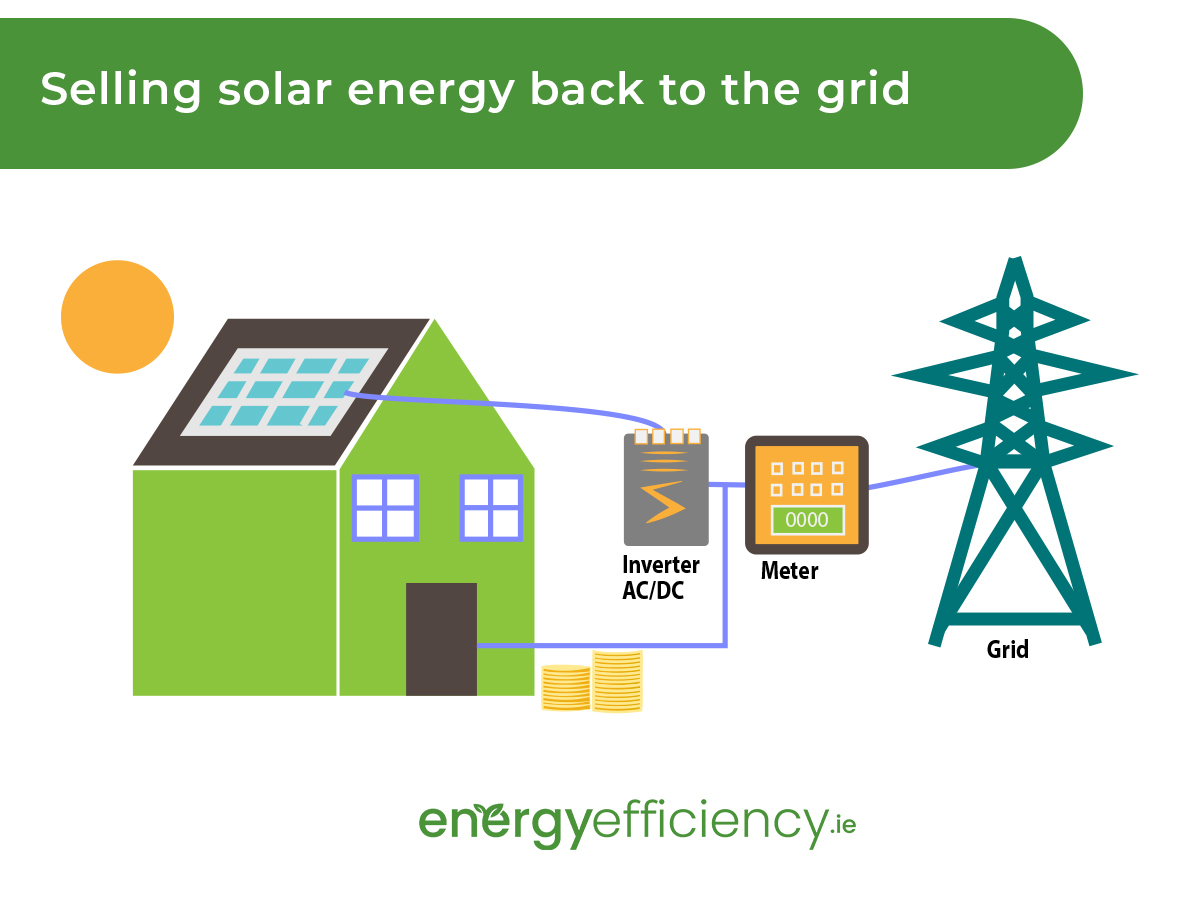
Get in Touch
Contact us today to see how solar power can make your properties more sustainable and save money on electricity bills.

